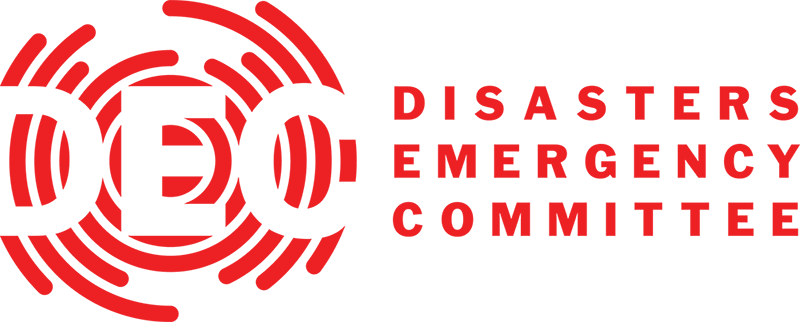
New house is like a miracle
“On the day of the earthquake, my wife was in our tin house, and she ran out as fast as she could with the children,” says Bernard Doussous.
“The house was completely crushed. After that we slept outside for seven days. We lost everything – our belongings and all our official documents.”
Bernard and his family were among more than a million people who were made homeless by the earthquake that devastated Haiti on 12 January 2010. A week later, they accepted a tent from one of the aid agencies that rushed to help in the immediate aftermath of the disaster. The tent would be their home for the next two and a half years.
Today, thanks to your support for our Haiti earthquake appeal, Bernard and his family have moved into a new house. It was constructed by specially trained Haitian masons, and it’s designed to withstand future earthquakes and hurricanes.
“It took four months to build the house,” says Bernard. “I never thought we’d have a good house like this, but thanks to God we do.”
Like a miracle
One of Bernard’s neighbours, Casimir Jean Harrison, is also about to move into a new CAFOD-funded home. He says: “My previous house was made out of rocks. This building is more solid and the wind won’t blow it over. I am so happy with the new house, so excited. I keep thanking God because it is like a miracle.
“All my things from the old house will come with me to my new house. I have a lot of friends and they can come over and we can all sit together in my new home and talk and be happy.”
Build back better
CAFOD’s Sarah Marsh says: “We believe it’s crucial to build back better – to make sure that new homes are far more solidly built than the ones they are replacing. Haiti is regularly struck by natural disasters – last year alone, thousands of homes were damaged by Tropical Storm Isaac and Hurricane Sandy.
“That’s why we’ve tested the design of all the houses we’ve built, to make sure that they’re as resistant as possible to hurricanes and earthquakes – for example that there is steel support through the columns and walls.
“We also believe that it’s vital that Haitians lead the recovery. While some aid agencies have flown in foreign contractors to build houses, we’ve worked with local Haitian engineers and trained local people to be masons. When I’ve watched people being trained, it’s been clear how motivated they are to learn new skills so that they can play a role in the reconstruction effort.
“People in Haiti still face enormous challenges. But thanks to the amazing generosity of CAFOD supporters, families like Bernard’s have moved into new homes, built by people in their communities and designed to last for years.”

